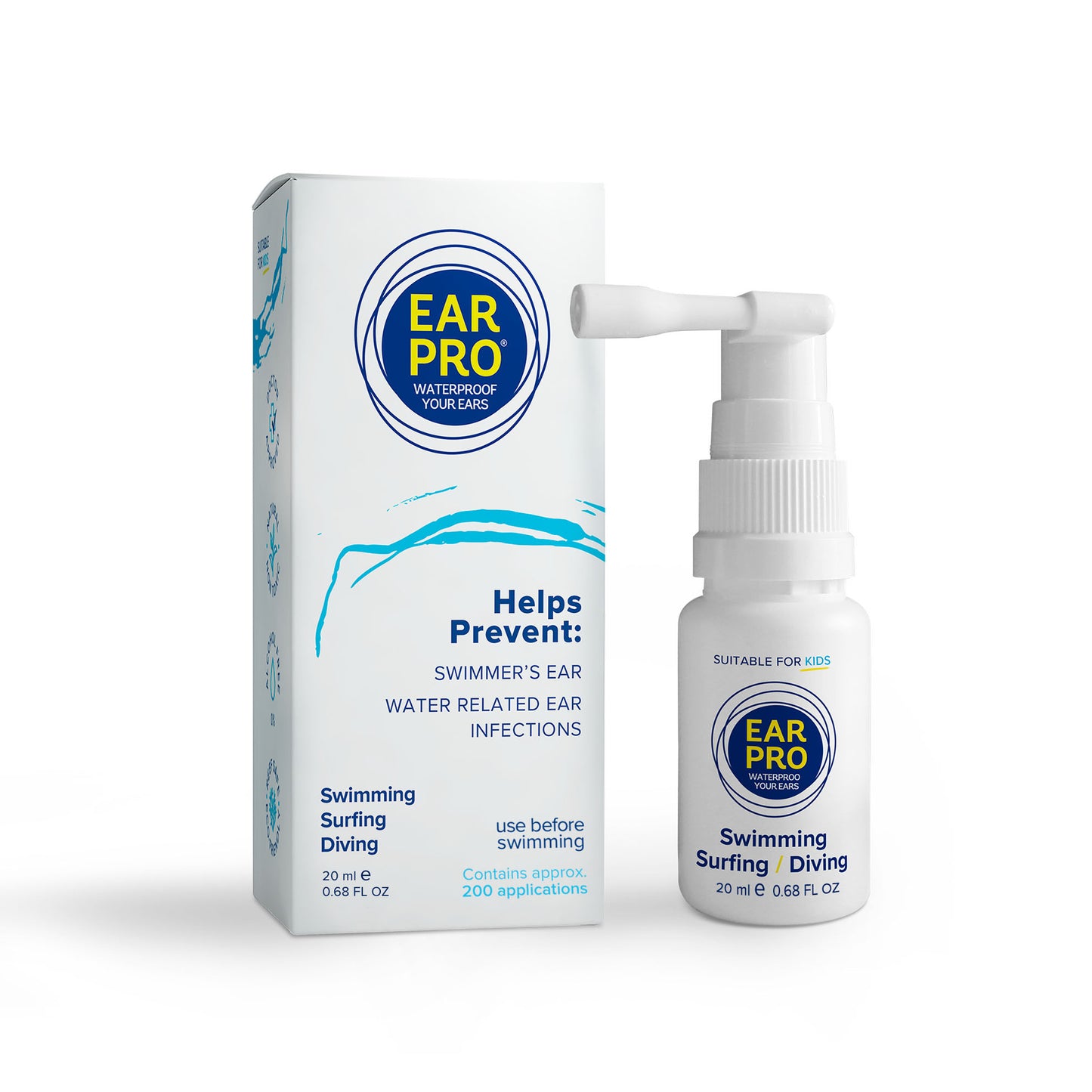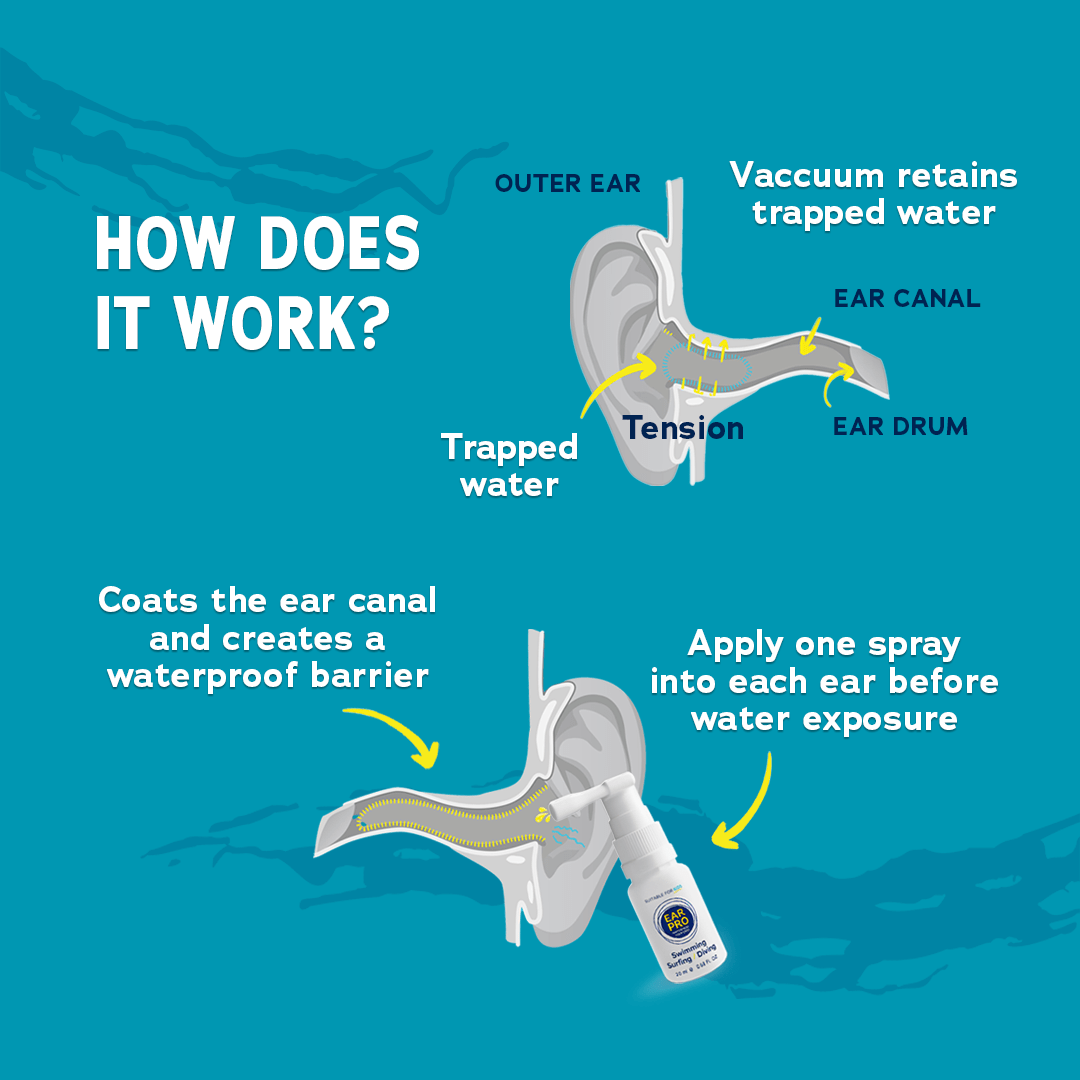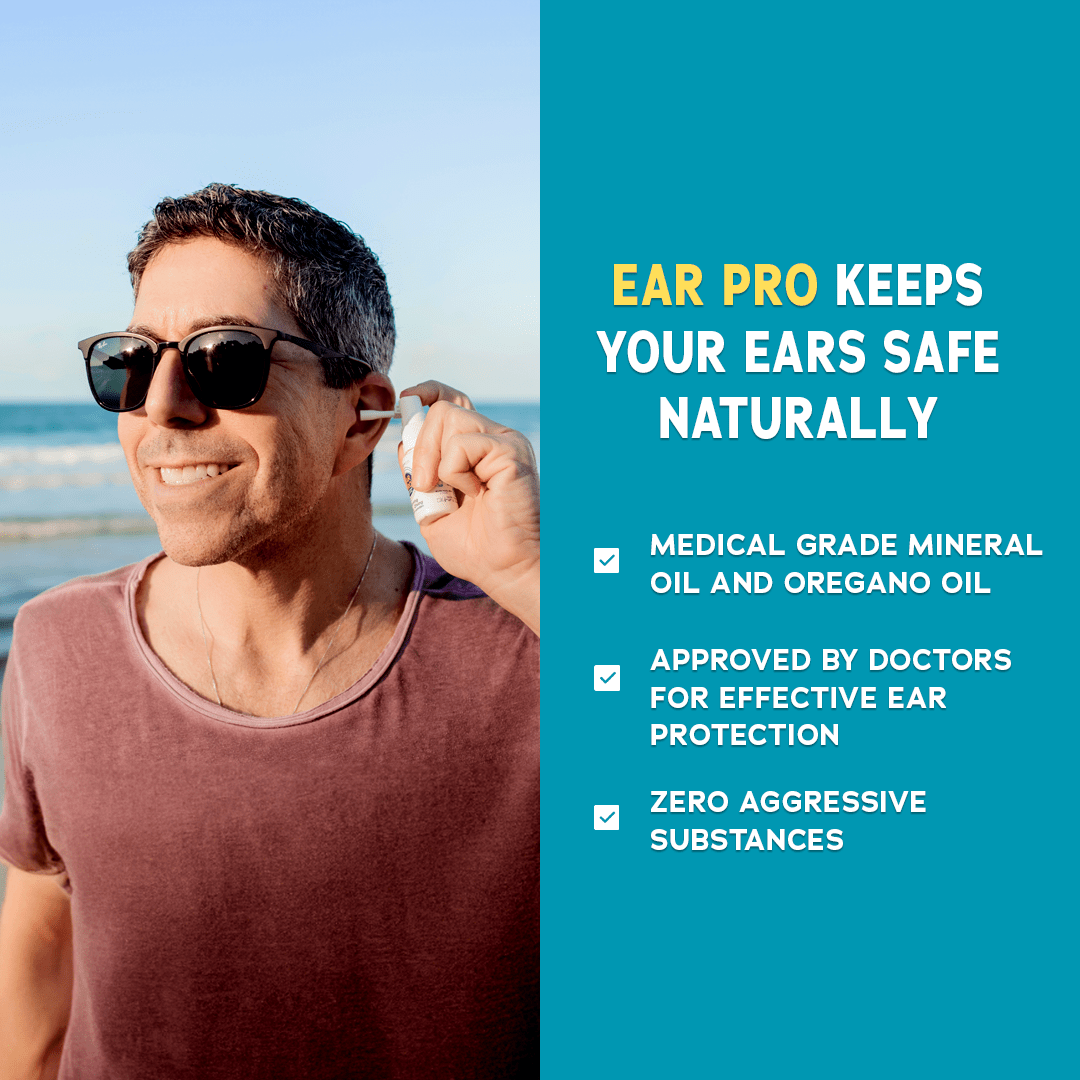Have you ever wondered, what is a swell, and why it’s so important for surfers, boaters, and coastal communities?
A swell is a series of ocean waves that form far from the shore and travel across great distances of open water.
Unlike short, choppy waves generated by nearby winds, swells appear as smooth, rolling waves that persist long after the originating wind has stopped.
This happens because the wind transfers energy to the water over a large area—once this energy is established, the waves can propagate independently.
Understanding what is a swell and how they move and eventually break, plays an essential role in everything from surfing and recreation to coastline shaping and marine navigation.
Table of Contents
1. How Ocean Winds Generate Swells
2. The Difference Between Swell and Wind Waves
3. Key Factors That Influence Swell Size and Power
4. How to Read Swell Forecasts for Surfing
5. Local vs. Distant Swells: What’s the Difference?
6. How Swell Direction Affects Surf Breaks
7. The Importance of the Swell Period in Surfing
8. Essential Surfing Gear
9. Conclusion
10. Frequently Asked Questions
How Ocean Winds Generate Swells
Swells are formed when strong, steady winds blow over the ocean, transferring energy to the water.
The strength and duration of these winds, along with the size of the fetch (the uninterrupted area over which the wind blows), determine how much energy is imparted to the water.
Larger fetches and prolonged wind activity result in more significant energy transfer, producing bigger swells.
Once the wind stops or the swells move beyond the wind’s influence, they continue traveling across vast distances, propelled by the momentum of their stored energy.
Over time, these waves organize into smooth, rolling swells that can traverse entire ocean basins, bringing surfable conditions to distant coastlines.
The Difference Between Swell and Wind Waves
Swells and wind waves differ in various ways, including their formation, appearance, behavior, and overall impact.
Understanding these distinctions is crucial if you want to grasp what is a swell, as each wave type offers unique challenges and opportunities.
1. Formation
-
Wind Waves: Wave formation is affected by local winds blowing directly over a small area of the ocean. Their size and energy depend on the wind’s speed, duration, and the fetch (distance over which the wind blows)
-
Swells: Formed by distant storms or weather systems, often hundreds or thousands of miles away. They retain the energy from their source long after the wind has ceased, allowing them to travel independently
2. Appearance
-
Wind Waves: Choppy and disorganized with short wavelengths and uneven crests. Their surface is often white-capped during strong winds
-
Swells: Smooth, rhythmic, and organized with longer wavelengths and consistent crests and troughs. Their rolling shape makes them recognizable even in calm weather
3. Behavior
-
Wind Waves: Heavily dependent on ongoing wind activity, they dissipate quickly if the wind stops and tend to interact with each other, creating chaotic conditions. They’re localized and typically remain near their source
-
Swells: Swells travel great distances across the ocean, unaffected by local wind conditions, and maintain their energy and direction over time, producing predictable patterns that make them ideal for activities like surfing and coastal observation
Wind waves are typically seen during local windy conditions, such as on a breezy day nearshore or in lakes and small seas, where the surface of the water appears rough and choppy.
In contrast, swells are commonly observed on calmer days at popular surf spots like Hawaii’s North Shore or California’s Malibu, where they produce clean, rideable waves ideal for surfing and other recreational activities.
Key Factors That Influence Swell Size and Power
Several elements determine a swell’s size, power, and quality, each playing a vital role in shaping how swells form and behave.
-
Wind Speed: Faster, more intense winds transfer more energy to the ocean’s surface, producing larger waves. Sustained high winds over vast areas typically generate the most powerful swells
-
Fetch: A longer fetch allows swells to grow bigger and stronger because the wind has a greater distance to impart energy to the water. Swells generated over short fetches lack the sustained energy to develop fully
-
Duration: Prolonged wind activity contributes to stronger swells. If the wind only blows for a short period, waves won’t have time to gather enough energy to grow into fully developed swells
-
Swell Period: This is the time between successive wave crests. Longer periods (e.g., 12–20 seconds) indicate more powerful, well-formed waves that can travel vast distances and retain their shape
-
Swell Direction: The angle at which swells approach the shore plays a significant role in surf conditions. Beach orientation and underwater topography can either enhance or diminish the quality of the wave
How to Read Swell Forecasts for Surfing
Reading swell forecasts for surfing is an essential skill for understanding when and where to find the best waves.
Surf forecasts provide detailed information about ocean conditions, helping you predict wave size, consistency, and overall surf quality.
Key Elements of a Swell Forecast
1. Swell Height
-
This indicates the vertical size of the swell, measured in feet or meters. Higher swell heights often result in bigger waves, but the breaking wave size depends on the beach’s geography and ocean floor
Tip: Beginners should aim for smaller swell heights (1-3 feet), while advanced surfers can take on larger swells (6+ feet).
2. Swell Period
-
Measured in seconds, the swell period refers to the time between successive wave crests. A longer swell period (10-20+ seconds) generally means more powerful, organized waves with energy traveling from a distant storm
-
Shorter periods (less than 10 seconds) indicate wind waves or weak, choppy conditions
Tip: Look for swell periods of 12-16 seconds for quality surf.
3. Swell Direction
-
This shows the angle at which the swell is approaching a surf spot, often represented in degrees (e.g., 270° for west) or cardinal directions (e.g., NW for northwest)
-
Surf breaks depend on how the swell direction interacts with the coastline
Tip: Check if the forecasted swell direction matches your surf spot’s ideal orientation.
4. Wind Direction and Speed
-
Offshore Winds: Blow from land toward the ocean, holding waves up for clean, peeling conditions
-
Onshore Winds: Blow from the ocean toward the land, making waves messy and choppy
-
Cross-shore Winds: Blow parallel to the coastline, creating mixed conditions
-
Wind speed (measured in knots or mph) also matters; light winds (0-10 knots) are ideal
Tip: Prioritize surf spots with offshore or light winds for the best surf conditions.
5. Tide Levels
-
Low Tide: Can expose rocks and reefs but might create hollow, fast-breaking waves
-
High Tide: Often produces slower, fuller waves, better for beginners
-
Mid Tide: Often ideal for many surf spots
Tip: Always check the tide charts for your specific surf spot to optimize your session.
By combining these elements, surfers can identify the effects of swell directions on surfing, identify optimal conditions, and make the most of their time on the waves.
Local vs. Distant Swells: What’s the Difference?
The main difference between local swells and distant swells lies in their origin, wave quality, and behavior.
Understanding these differences can help surfers predict wave conditions and choose the best times and locations for surfing.
What Are Local Swells?
Local swells are waves generated by winds blowing over a nearby area of the ocean.
Characteristics:
-
Proximity: Formed close to the coastline, often within 50-100 miles
-
Wave Period: Short, typically less than 10 seconds, making the waves choppier and less organized
-
Wind Dependency: Heavily influenced by local wind conditions; if the wind stops, the waves quickly lose energy
-
Wave Size: Generally smaller, but they can still be significant in areas with strong local winds
-
Surf Conditions: Often result in messy, inconsistent waves due to the interaction of wind and water at the surface
Best For:
-
Beginner surfers practicing in smaller, manageable waves
-
Surfers looking for quick sessions without waiting for distant swell systems
What Are Distant Swells?
Distant swells, also called groundswells, are waves that originate far from the coastline, often from storms hundreds or even thousands of miles away.
Characteristics:
-
Proximity: Generated in deep ocean areas and travels long distances (often across entire ocean basins)
-
Wave Period: Long, typically 10-20+ seconds, creating smooth, organized, and powerful waves
-
Independence from Wind: Not influenced by local wind; they carry energy from the storm that created them
-
Wave Size: Larger and more consistent, especially as they reach shallow coastal waters
-
Surf Conditions: Produce cleaner, more predictable waves ideal for surfing, particularly at reef, point, and beach breaks
Best For:
-
Experienced surfers seeking bigger, well-formed waves
-
Surf spots known for world-class conditions, such as those along Hawaii's North Shore or Indonesia’s reef breaks
|
Feature |
Local Swells |
Distant Swells |
|
Origin |
Nearby winds (50–100 miles offshore). |
Distant storms (hundreds to thousands of miles away). |
|
Wave Period |
Short (<10 seconds). |
Long (10–20+ seconds). |
|
Wave Quality |
Choppy, inconsistent. |
Smooth, powerful, and organized. |
|
Wind Dependency |
Affected by local wind conditions. |
Independent of local wind. |
|
Wave Size |
Smaller, less powerful. |
Larger, more powerful. |
|
Ideal For |
Beginners or quick sessions. |
Advanced surfers and quality breaks. |
How Swell Direction Affects Surf Breaks
Understanding what is a swell and how its direction impacts surf breaks helps surfers choose the best location for riding waves.
Factors That Affect Surf Breaks
1. Coastline Orientation: Surf spots are typically aligned to specific swell directions. For example, a west-facing beach will perform best with west or southwest swells, while a north-facing beach benefits from northern swells.
Over time, local surfers learn which swells deliver the most consistent waves for their spot.
2. Underwater Topography: The shape and features of the ocean floor—such as reefs, sandbars, and points—affect how waves break. A swell approaching at the right angle can create clean, peeling waves over a point break or reef.
However, misaligned swells may bypass the break or create uneven, weak waves, reducing wave quality.
3. Swell Size and Period: Larger swells and longer swell periods allow waves to carry more energy, making them more likely to wrap around points and reefs effectively.
Smaller swells may struggle to reach certain breaks, resulting in inconsistent or underwhelming wave conditions.
4. Local Wind Conditions: Even with the correct swell direction, onshore winds can create choppy and inconsistent waves, while offshore winds enhance clean, rideable surf.
Cross-shore winds can lead to mixed results, depending on the angle and speed.
Swell Direction Impacts
-
Aligned Swells: At spots like Malibu, California, a south swell aligns perfectly with the beach’s orientation, creating long, peeling waves ideal for surfing. Such spots can become crowded when the forecast calls for a favorable swell direction
-
Misaligned Swells: A north swell hitting a south-facing beach might produce weak or nonexistent surf due to poor alignment, frustrating surfers who arrive expecting decent waves
Surfers often study maps, charts, and real-time forecasts to identify the ideal swell direction for their chosen break.
The Importance of Swell Period in Surfing
The swell period is one of the most critical factors in determining wave quality and power. It refers to the time interval, measured in seconds, between successive wave crests. Understanding the swell period helps surfers predict the strength, speed, and overall shape of incoming waves.
Short-period Swells (<10 seconds)
-
Short-period swells are typically generated by local winds and are less organized. The waves tend to be smaller, weaker, and choppy due to their close spacing
-
These swells lose energy quickly as they travel, making them less effective for producing surfable waves at a distance
-
Ideal for beginners who want manageable waves in local conditions
Long-period Swells (10-20+ seconds)
-
Long-period swells are created by distant storms, traveling across vast ocean distances. These swells carry more energy, creating larger, more powerful, and better-shaped waves
-
Long-period swells interact with the ocean floor more dramatically, especially at reef and point breaks, creating clean, peeling waves ideal for advanced surfers
-
Ideal for experienced surfers looking for high-quality, consistent waves
Essential Surfing Gear
Surfing isn’t just about choosing the right spot; having the right gear is equally important. Below are some essential items surfers need to stay comfortable, safe, and ready for action.
1. Surfboard: Choosing the right surfboard depends on your skill level and the wave conditions. Beginners often opt for longer boards, like foam boards, which are stable and easier to balance on, while advanced surfers may prefer shorter boards for maneuverability and speed
2. Wetsuit: A wetsuit is crucial for keeping you warm in cold water. The thickness of the wetsuit should match the water temperature—thicker suits for colder climates and thinner ones for warmer waters. Modern wetsuits are designed to provide flexibility while maintaining insulation
3. Ear Protection: Spending long hours in the water can lead to issues like surfer's ear, a condition caused by cold water exposure that leads to bone growth in the ear canal. Using ear protection, such as Ear Pro's mineral oil-based spray, helps prevent water from becoming trapped and reduces the risk of infections. This small step can save you from discomfort and long-term health issues
4. Leash: A leash attaches your board to your ankle, ensuring that your board doesn’t drift away when you wipe out. It’s an essential safety feature, not only for you but also for others in the water
5. Surf Wax or Traction Pads: Surf wax is applied to your board to provide grip, preventing your feet from slipping. Alternatively, traction pads are pre-installed or added to the board for similar grip benefits
6. Rash Guards: Wearing a rash guard protects your skin from irritation caused by rubbing against the surfboard or wetsuit. It also offers UV protection for long hours under the sun
Additional accessories like rash guards, surf wax, and fins tailored to wave conditions also help enhance performance and comfort.
Conclusion
Understanding what a swell is and how it influences surfing is key to enjoying the sport. From understanding swell generation to reading swell forecasts, surfers can identify the best conditions for their skill level.
With the right knowledge and gear, including ear protection, they can make the most of every session.
Whether you’re a beginner looking to catch smaller waves or an experienced surfer seeking powerful long-period groundswells, understanding what is swell and the science behind it, will elevate your surfing experience.
Frequently Asked Questions
1. What is the difference between a swell and a wave?
A swell refers to smooth, rhythmic waves that originate far from the shore due to distant winds and storms. A wave, on the other hand, is a more general term and can include wind waves, which are choppy and caused by local winds over smaller areas.
2. How is a swell created in the ocean?
A swell is created when strong, consistent winds blow over a large expanse of the ocean (called the fetch), transferring energy to the water. This energy forms organized waves that continue traveling across vast distances, even after the wind subsides.
3. How does swell size affect surfing?
Swell size significantly influences wave height and surf conditions. Smaller swells (1-3 feet) are ideal for beginners as they create manageable waves, while larger swells (6+ feet) produce powerful waves suited for advanced surfers seeking a challenge.
4. What is the best swell period for surfing?
The ideal swell period for surfing typically ranges between 12-16 seconds. Longer swell periods indicate more powerful and well-formed waves, which are preferred for clean and consistent surf conditions.










